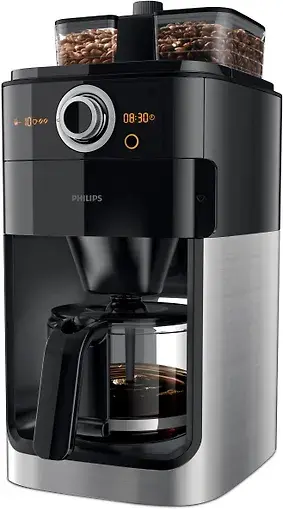- cross-posted to:
- [email protected]
- cross-posted to:
- [email protected]
deleted by creator
That’s just pretentious, man. You do that for the musafir but there’s no way you use that impossible to clean cezve on a daily basis.
Here, use this:

A teaspoon for every little cup of water. Heat it fast until it simmers, stir like crazy for two minutes, pour, then let it froth slightly, then pour again.
I use Arch and Debian depending on what I think is easiest.
القهوة العربية مع الهيل؟
That’s the best.
deleted by creator
deleted by creator
Thank goodness poor openSUSE got some coffee here
#TeamV60
But Mac user, sorry.
Also v60 but mint… sorry
V60 is my main, but also have a french press and a manual espresso machine (Flair Pro 2).
Mac user as well.
How do you like your flair? I’ve been considering getting one for a while now but haven’t been able to pull the trigger yet
It’s a bit of a PITA to be honest. Having to pre-heat the brew chamber is annoying and makes the whole process slow. They just released the Pro 3 which uses a different brew chamber that has a lower heat capacity and doesn’t need preheating (according to Flair). It’s compatible with the 2 so I’m probably going to get the pro 3 brew chamber once available.
I’d skip the pro 2 and either get a 3 or the 58 with the electric heater.
Thanks for the advice! That kinda tracks with other reviews and things that have been holding me back, that thermal management is a bit of a pain. I’ll keep an eye on the 3 though
My coffee preparation method seems to be closest to the Ubuntu user. I use Pop OS and my coffeemaker is Philips HD7769/00 with an inbuilt bean grinder.

Windows User: Instant coffee and a kettle (like 99% of people in the world), just walk up and get what you want done in 2 minutes or less, regardless of where the setup is or who owns it
Percolator: Mandrake user. Holy god someone’s still using that old thing.
LFS guy: chews the unground beans
Me, a Slackware user: eating raw coffee beans by themselves
I do French Press, where does that put me?
I think in this graphic I would replace the Fedora pour-over thing with a French Press because they already did pour-over with Arch.
And then Android is a Starbucks cup.
That fits. Just like Android, Starbucks coffee is well made, by someone who isn’t you.
The quality of the final product is still in question though.
made, by someone who isn’t you, who works for a large and terrible corporation doing god knows what harm around the world.
Starbucks coffee is consistently made, not well-made. Their roasting is just off, and it adversely affects the flavor of the coffee.
Oh, I’m specifically saying that the workers do a good job of assembling all the parts to make your coffee.
So I think we’re saying the same thing with different terms.
To be fair, I think your wording is more clear.
And then Android is a Starbucks cup.
That does Android a huge disservice. Android is a well made Nescafe. It’s not the coffee of your choice, but it is stable and reliable, and doesn’t make a fuss if you pour other coffees into it.
You might argue that the dairy and sugar dessert beverages served at Starbucks often don’t count as real coffee, much the way Android has very little in common with the rest of the Linux ecosystem. It technically has Linux/coffee in it.
The pour-over thing is called Chemex just FYI. It’s supposed to be different than regular pour-over. I use Fedora…
How is it different other than going into a temporary container before going into the cup?
PopOS
I feel like with french press being all manual PopOS isn’t the right fit.
I’m French Press and I use Fedora.
KDE is an office coffee machine with billion options
It reminds me of most modern microwaves that have bazillion different options and buttons, meanwhile most people just use like the +30 sec button, stop and maybe just maybe the defrost button.
Very happy to see myself correctly represented. I use a single cup pourover, BTW
oooh i have that exact espresso machine (except they’ve mirrored it)! it’s a rancilio silivia… i use fedora and debian with a pinch of al2
I use an off-brand clone of a Nespresso machine with off-brand pods. Hannah Montana Linux?
Uboontu. It’s the exact same as Ubuntu but you get Ubunto Pro equivalent for cheaper.
Fedora would be a French Press.
Reliable, consistent, hard to screw up, broad information online on how to use one.
That’s what I use, it’s so much simpler. And I only use the press because my wife refuses to buy me instant coffee, otherwise that’s what I’d drink, cause it’s so about ease for me. A press is easier to clean
Beware the diterpenes
Yeah that seems pretty on point (espresso maker).
As a french press user I put the beans in the press vessel, start the water kettle (double checking that water is in), forget about it all so water will have to be reheated, pour water over beans, forget about it all for 15-83 minutes and then finally get to enjoy my coffee.
Will drink it all. And wish I had made more.
What OS for me?
You put whole beans in your French press?
IMO, probably Gentoo, but compiled from source.
And the last time you recompiled the kernel was, at most, 3 days ago.







